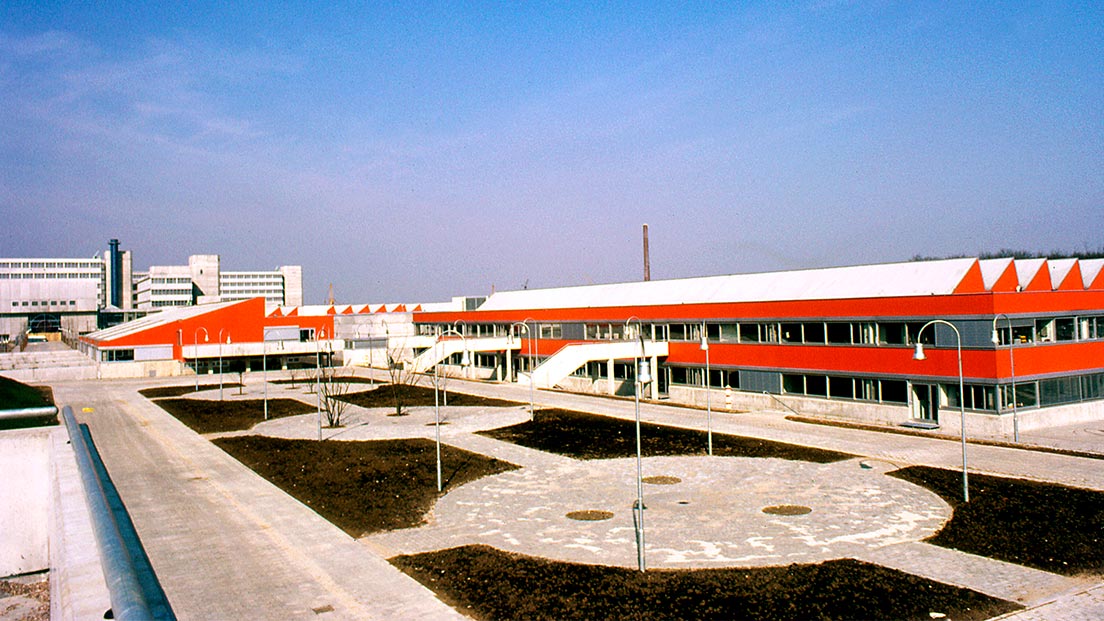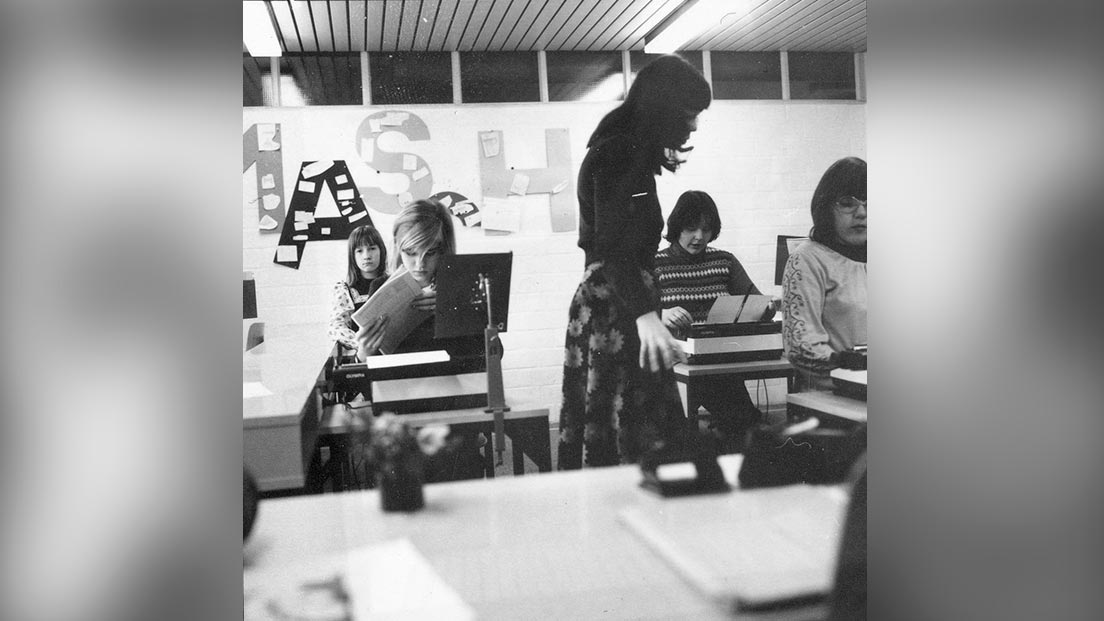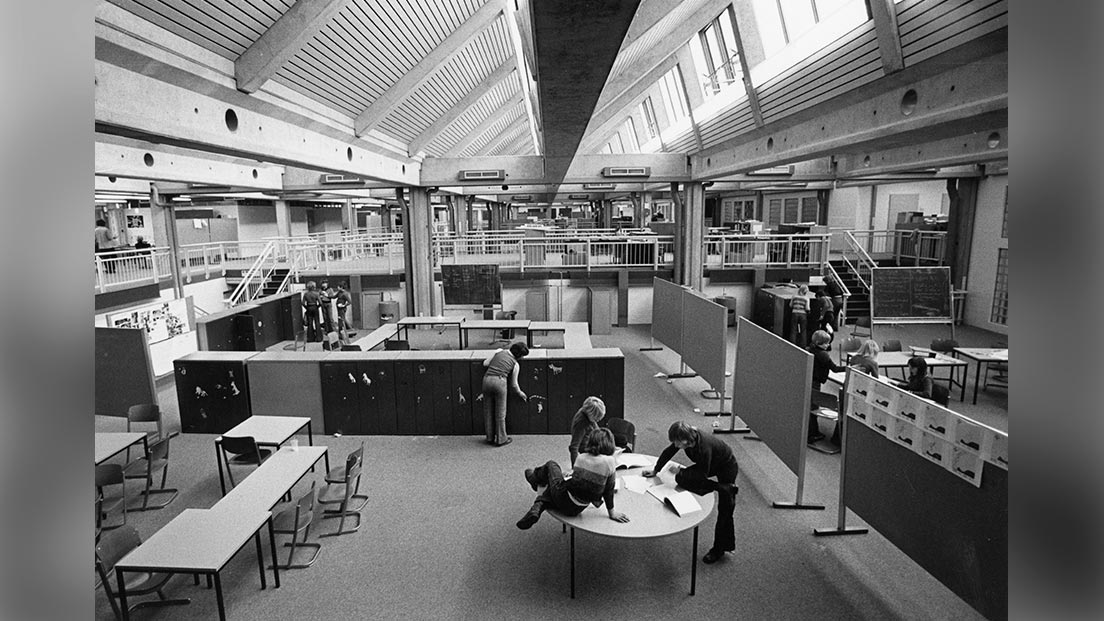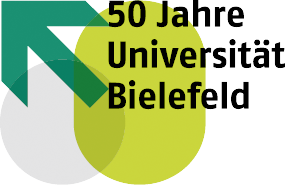But Hartmut von Hentig was not content with just changing the methods of teaching, he also wanted to change the content that was taught. From 1970 to 1974, a building commission drew up the learning objectives and curricula of the two schools and planned a building to suit these needs. The basic idea was to establish a democratic school culture that conveys the values of co-determination, self-determination and social responsibility to the pupils. Openness, both internally and externally, remains an essential principle of both experimental schools, which is also reflected in the school architecture.
In the laboratory school, for example, there are no classrooms, but the lessons take place in so-called ‘fields’. The basic concept sees the school as a living and experiential space and as a society in miniature. It was also important to place both school projects under one roof in order to cultivate commonalities and exploit synergy effects.
–
Source: Universitätsarchiv Bielefeld, FS 228
School as “experimental laboratory”
On August 30, 1974, the joint building of the two school projects was handed over to Bielefeld University in a small ceremony. On 9 September the school doors finally opened, with the school projects starting exactly one month before the topping-out ceremony of the main building. Lessons in the laboratory school started with 180 children, more than 800 were registered.
–
Source: Universitätsarchiv Bielefeld
The name “Laboratory School” was deliberately chosen because it was to be less of a model school and more of an experimental school. At the laboratory school, students are taught from years 0 (pre-school year) to year ten, whereby the transitions from one year to the next are fluid. The school is divided into four levels, which provide open teaching in multi-age groups. First and foremost, the Oberstufen-Kolleg had the conceptual task of didactically mediating the transition from general education to specialist studies.







